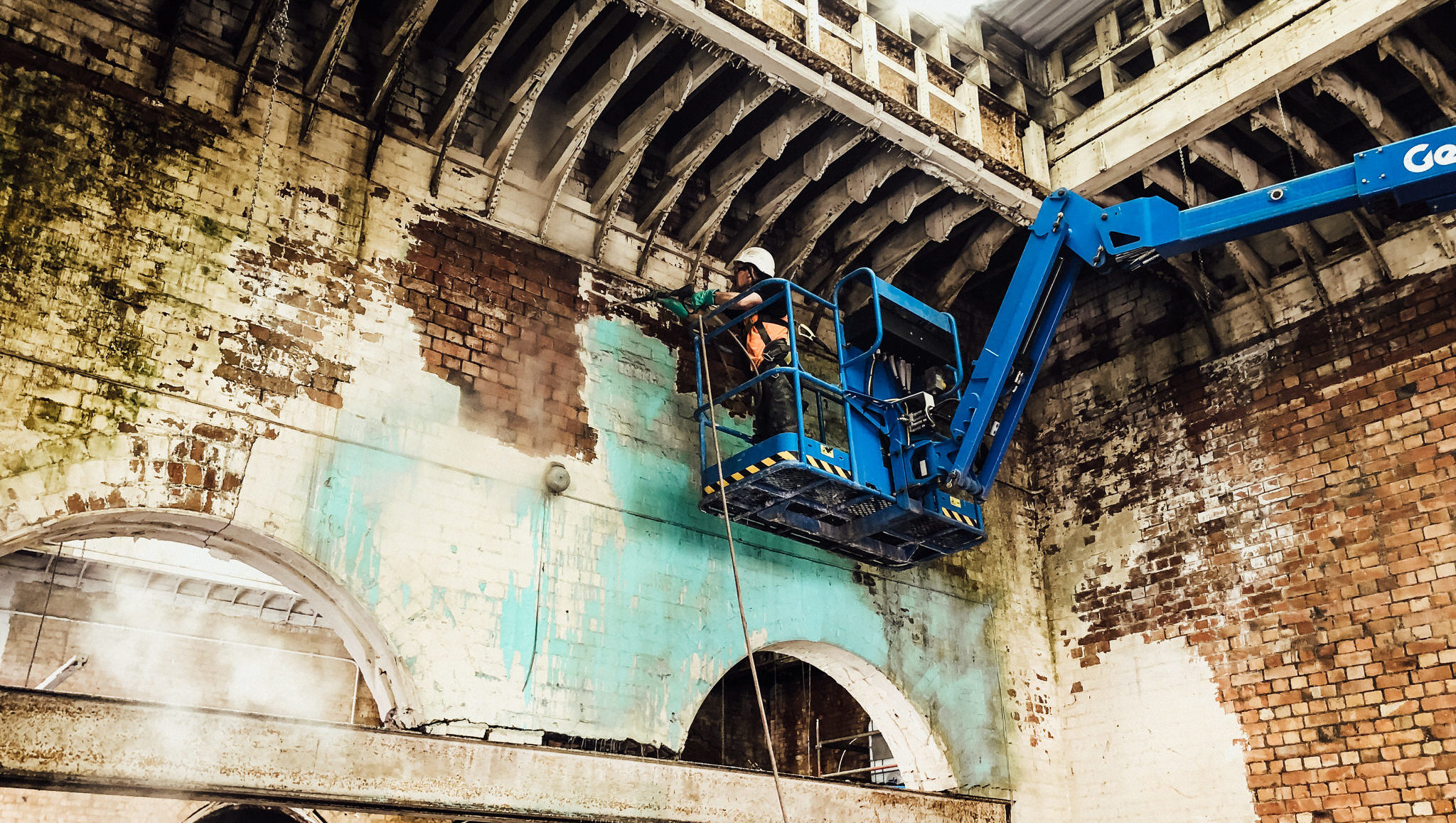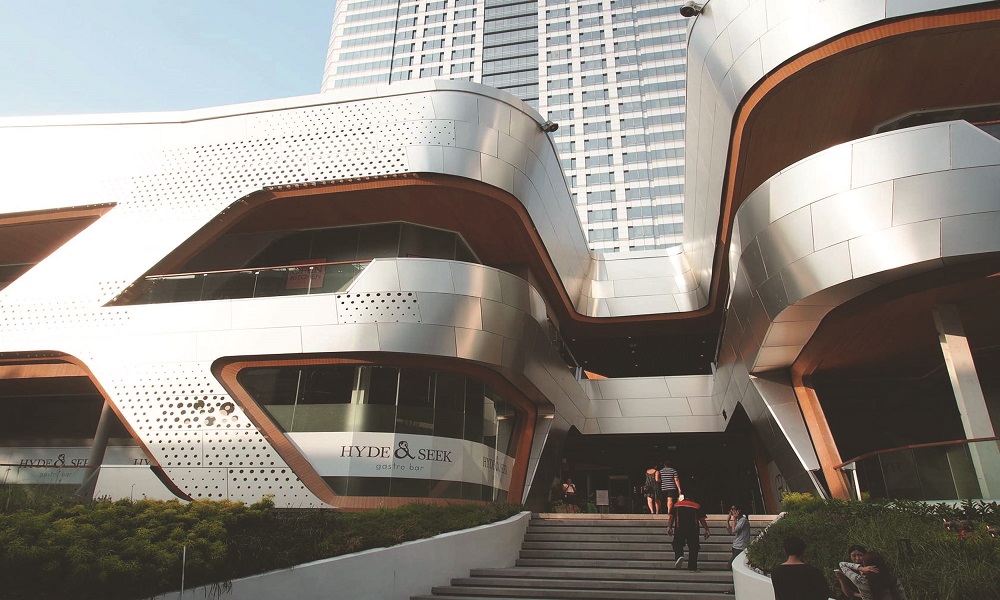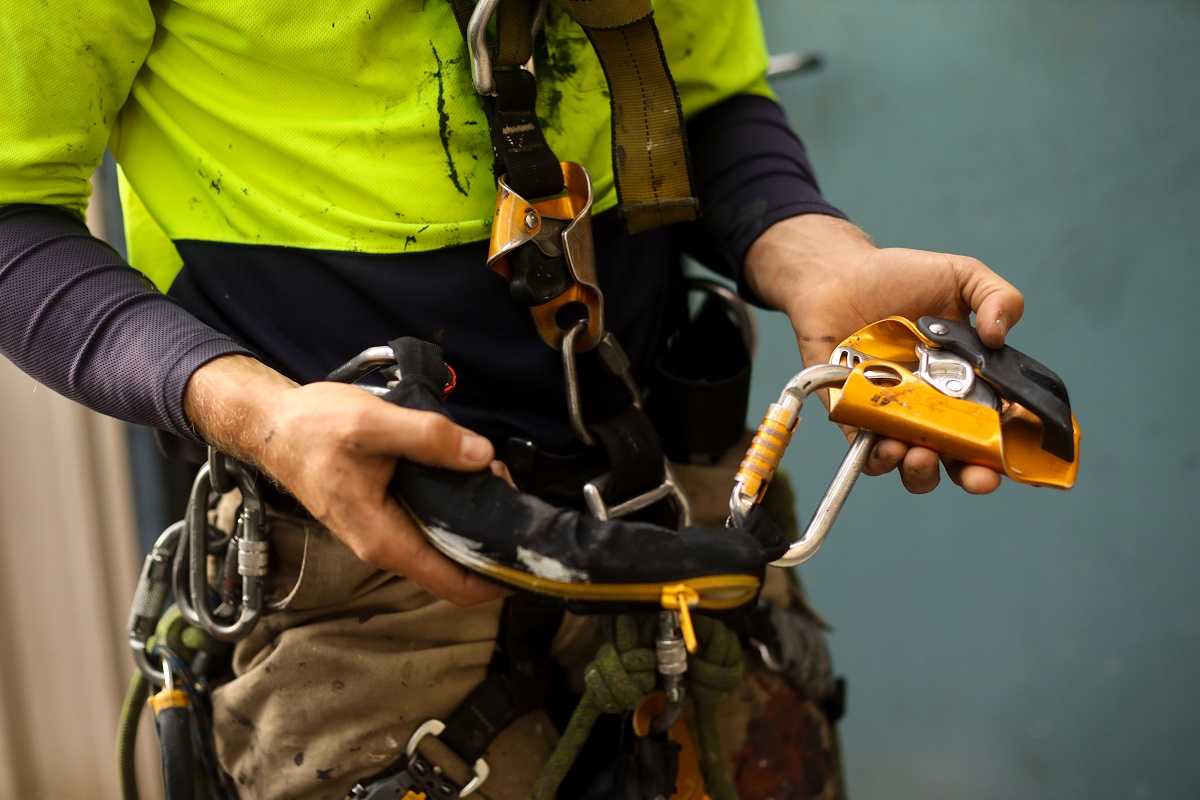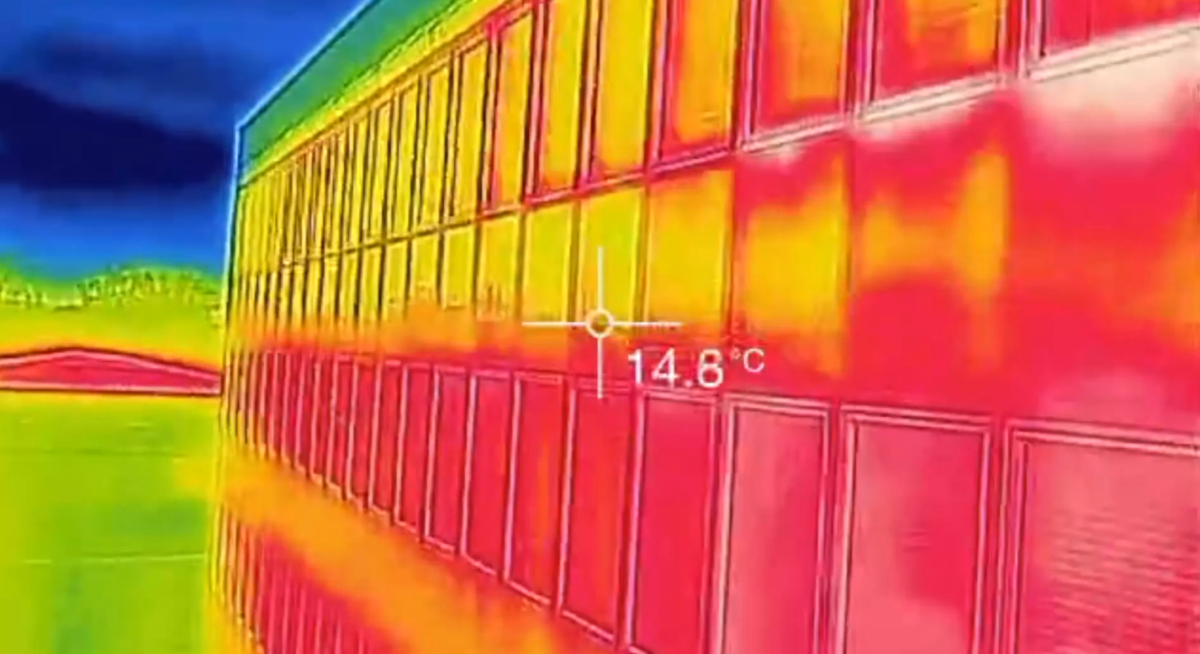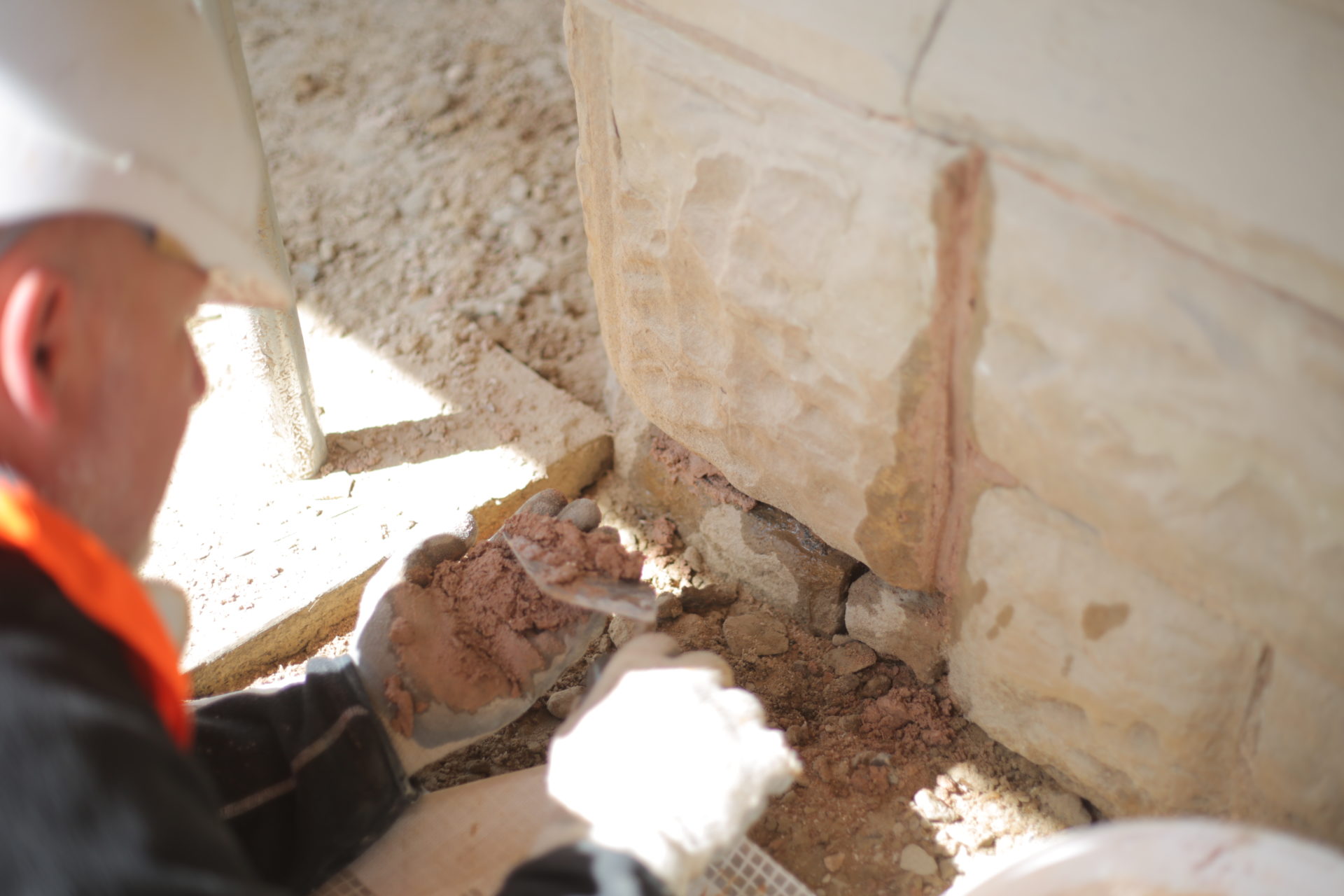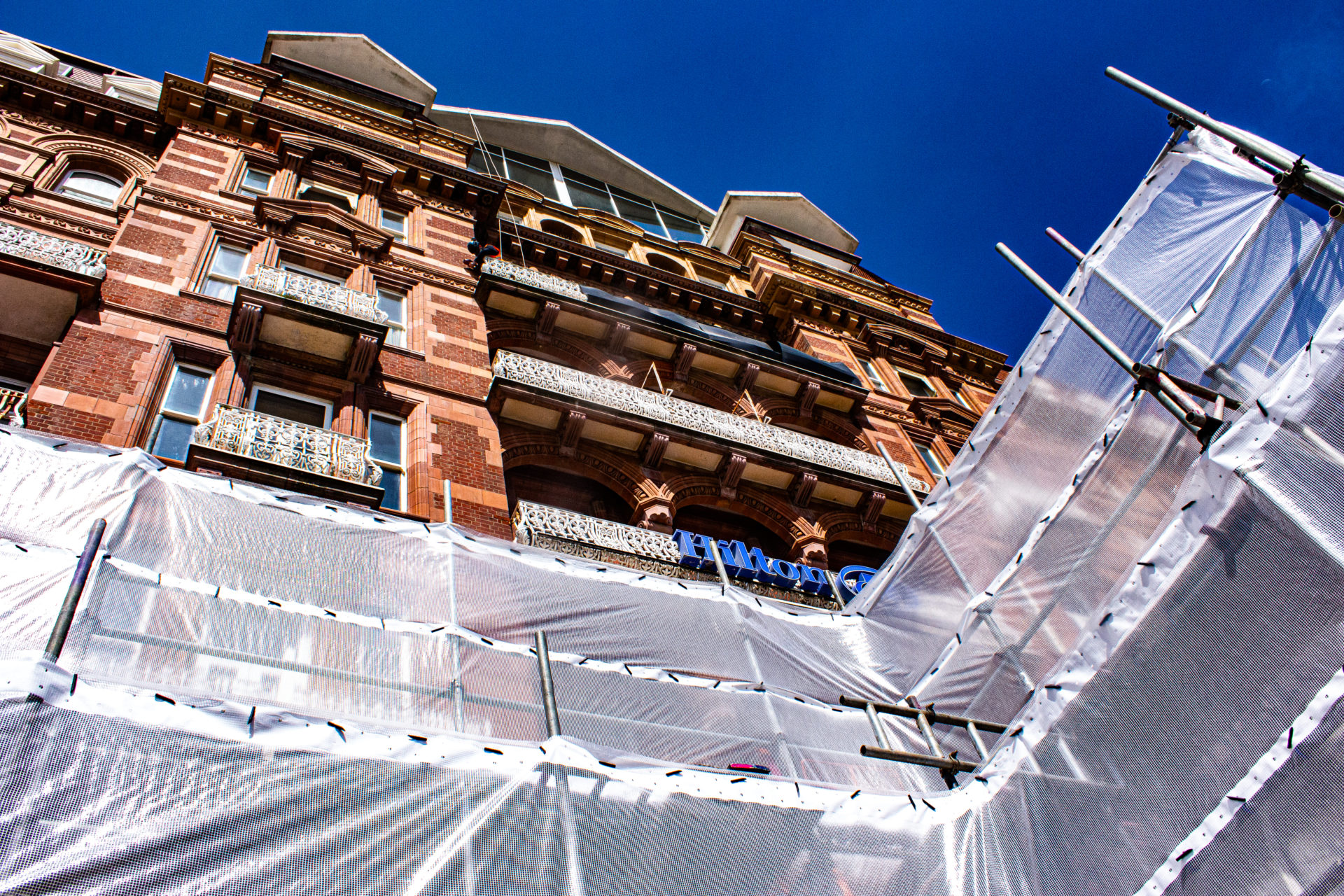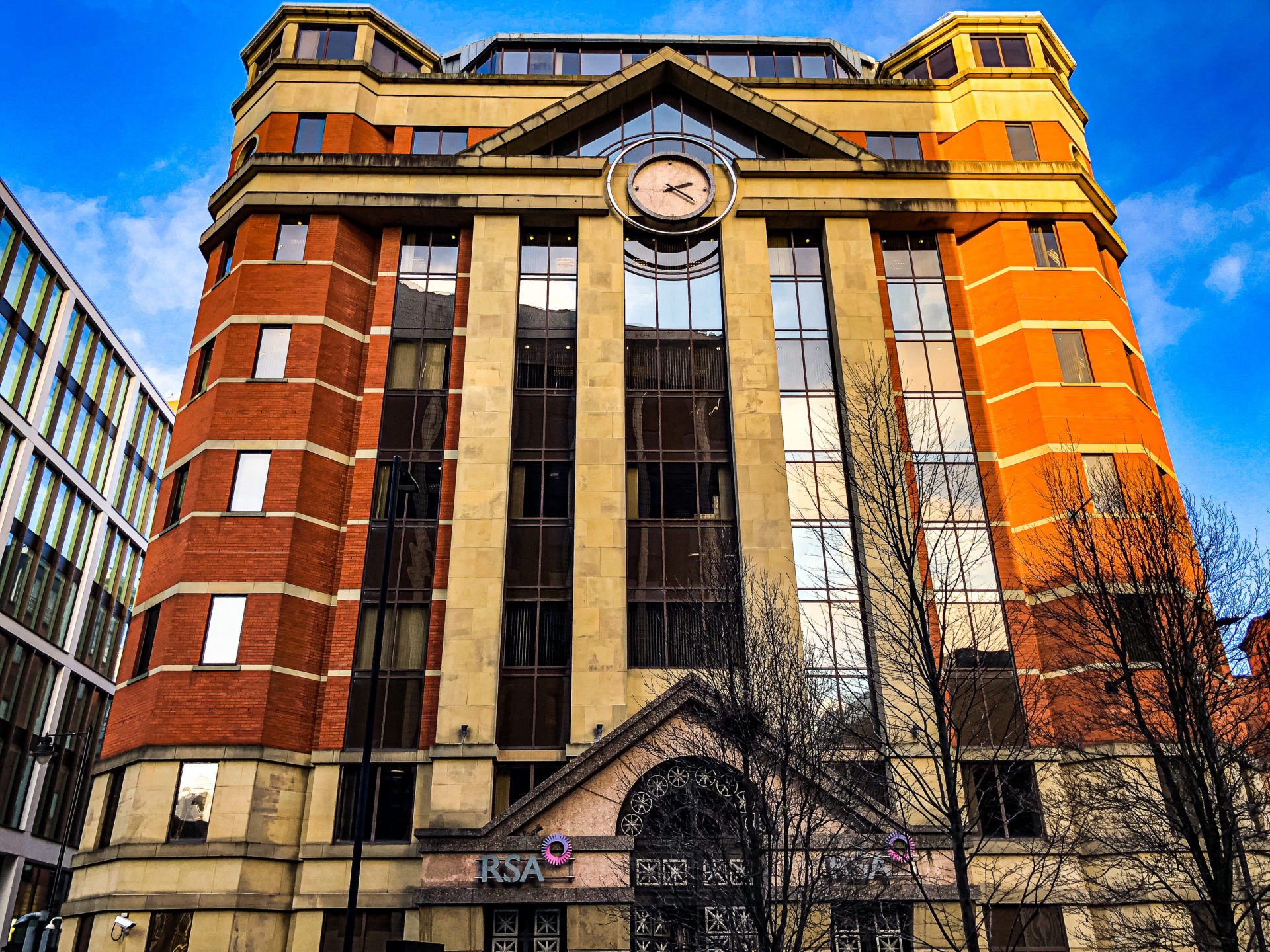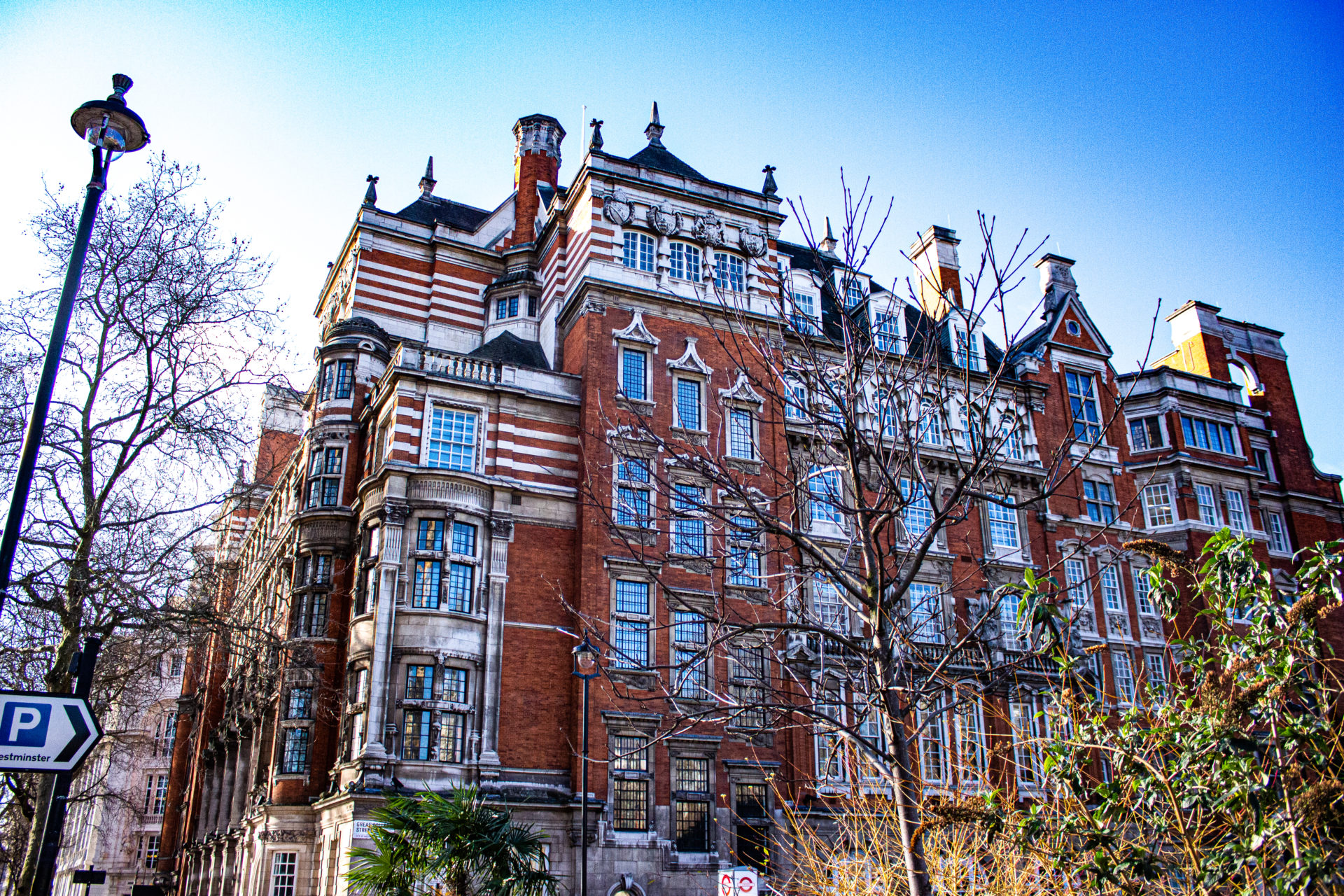The right cleaning methods and processes will ensure your brickwork remains in top condition, and you instantly notice that buildings which have not been well-maintained or have spent many years waiting for maintenance and restoration may require a little more than steam cleaning to remove stubborn grime, soiling and dirt. Sandblasting and abrasive cleaning are more intense methods of cleaning which are effective for removing solid surface pollutants, including paints, carbon and salt from a building’s exterior. They both have their benefits and provide a stronger solution for bringing brickwork back to its best. Aggregate cleaning methods can be essential to a full restoration project as they help ensure every unwanted pollutant is removed. When done well, aggregate cleaning will sensitively strip and clean the exterior of a building while causing no damage.
Here, we’re looking more closely at sandblasting and abrasive cleaning to see which process is best, dependent on the circumstances and the building in question.
Sandblasting
Sandblasting works through tiny particles of material being propelled at extremely high velocities to remove pollutants and dirt. Sandblasting initially involved the use of just sand being propelled, but due to the health concerns this can cause, with sand being dangerous if inhaled, sandblasting often uses other materials now including walnut shells, copper slag and powder abrasives.
Sandblasting is the most abrasive method of cleaning as the abrasive particles punch into the surface, stripping away any built-up dirt, rust, paint or other coatings. The issues that come with this include damage to the brickwork or other surfaces, so it is usually only used when no other method is suitable. Sandblasting can effectively remove centuries’ worth of accumulated dirt, so it can be a useful tool in some restoration projects. Light sandblasting is possible and can be highly effective when other methods of cleaning haven’t worked.
Abrasive Blasting
Sandblasting is one type of abrasive blasting, but it has come to cover a much wider range of processes. Abrasive blasting uses gas to propel abrasive materials at a high velocity to break down unwanted pollutants and grime on any given service. Abrasive blasting can be used for many purposes and is usually less intensive than sandblasting. Swirl-abrasive blasting, for example, is a light aggregate cleaning solution which combines the selected abrasive particles with water for a gentle yet effective cleaning method. The latest systems for abrasive cleaning ensure that you can set the pressure and abrasive materials to a level which are suitable for the project in hand. Buildings can be cleaned sensitively but still result in the removal of most stubborn stains, paints and pollutants.
Which Solution is Best for Me?
Working with professional building restoration and cleaning professionals will help ensure that you make the right decision when it comes to abrasive cleaning and blasting. Sandblasting is almost always only considered when other methods have not been effective, or it is clear the project requires highly intensive cleaning to remove old staining, paint, or dirt.
Maintaining the integrity and original character of a building should be at the heart of all cleaning and restoration work. With this in mind, it is important to get professional advice and guidance when considering any aggregate cleaning solution.
We specialise in surveying, repairing, and maintaining tall, difficult-to-access commercial buildings and structures, façades, roofs, glazing and atriums.

